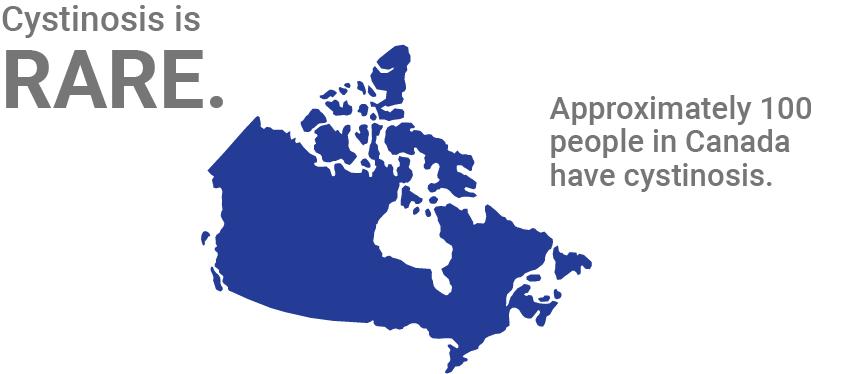What is cystinosis?
Whether your cystinosis journey has just begun or you've been living with the disease for some time, understanding what's going on in your body may help. Cystinosis is a rare genetic disease. It's caused by a buildup of cystine in the body. This buildup causes crystals to form and harm the body.
Understanding cystinosis








The 3 types of cystinosis
Nephropathic cystinosis or classic infantile cystinosis is the most common form of the disease. It is also the most serious. About 95% of people with cystinosis have this type. Symptoms usually appear early in the first year of life, and it's a lifelong disease.
Intermediate cystinosis or juvenile cystinosis is a less serious form of the disease. It may not be diagnosed until a person is a teenager.
Ocular cystinosis or nonnephropathic cystinosis is the least serious form of the disease and only affects the eyes.
How people inherit cystinosis
Cystinosis isn't something you can catch from another person. It's a genetic condition, which means a child is born with it. A child gets cystinosis if both parents are carriers of the disease and the gene that doesn't work right gets passed down from both parents.
When two carriers have a child, there is a 25% chance that the child will have cystinosis and a 50% chance of the child being a carrier.
How cystinosis affects the body
In people with cystinosis, cystine gets trapped in the cells. This causes cystine levels to rise. When cystine levels rise, crystals form; these crystals eventually lead to harm to the body.
What cystinosis looks like in the cells
Human cells are like little factories in the body. They do a lot of work to help keep the body healthy. But in people with cystinosis, a part of cells called the "lysosome" doesn't work right.
Lysosome in a person without cystinosis

Lysosome in a person without cystinosis
Cystine is removed from the lysosome and used normally.
Lysosome in a person with cystinosis

Lysosome in a person with cystinosis
Cystine can't be removed so it builds up and forms crystals. These crystals lead to damage in cells and organs all over the body.
Save this page
Share this message with your family, friends, caregivers, and doctors to help them learn more about cystinosis.




